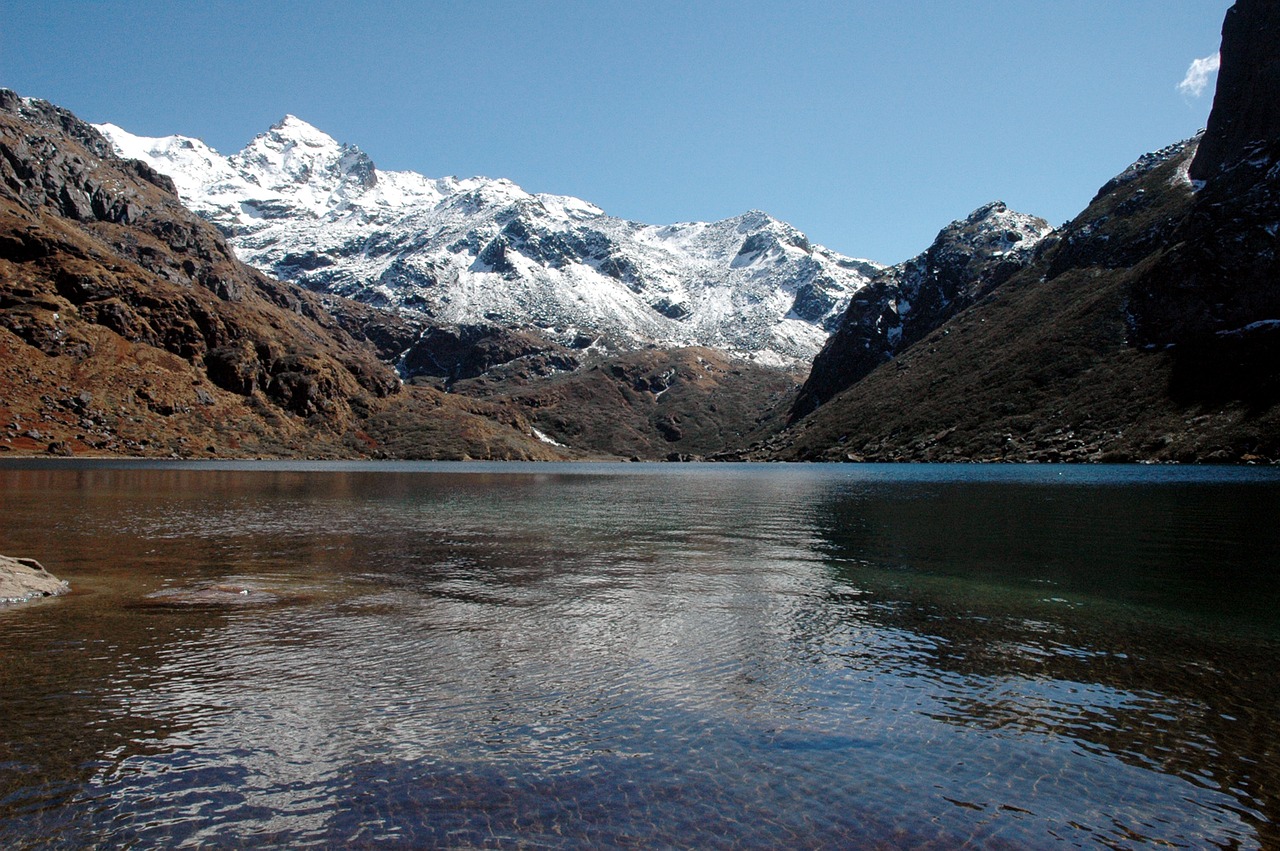Global Stocktake Report

Background:
- The Global Stocktake is a periodic review mechanism established under the Paris Agreement 2015.
- The stocktake occurs every five years, with the first-ever stocktake scheduled to conclude at the UN Climate Change Conference (COP28) at the end of 2023.
- Its primary objectives are to assess individual countries’ efforts to reduce Greenhouse Gas (GHG) emissions and transition to renewable energy sources.
Linkage:
- The stocktake is designed to keep countries accountable and encourage them to increase their climate ambitions over time.
- In 2015, when countries committed in Paris to keep global temperatures from rising beyond 2 degrees Celsius by the end of the century and “as far as possible” below 1.5 degrees Celsius, they also agreed to periodically review, or take stock of efforts, made by individual countries in containing greenhouse gasses.
- While countries have laid out their Nationally Determined Contributions (NDC), they are expected to — but not obliged to — increase their ambitions every five years.
- While the latest NDC were submitted in 2020, a stocktake also aims to push countries to set higher targets before the next NDCs are published in 2025.
Current News:
- Recently, the synthesis report of the first Global Stocktake was released by the United Nations Framework Convention on Climate Change (UNFCCC) ahead of the 18th G-20 summit in New Delhi.
- The synthesis report presents 17 key findings, painting a concerning picture of the world’s progress towards Paris Agreement targets. While there is a limited window for corrective action, the report echoes previous warnings that global efforts are falling short.
Impact:
- The global stocktake report influenced the G20 Leaders Declaration, a significant summit outcome. For the first time, the declaration formally recognized the substantial financial requirements for transitioning to renewable energy.
- It noted the need for USD 5.8-5.9 trillion in the pre-2030 period for developing countries and USD 4 trillion per year for clean energy technologies by 2030 to achieve Net-Zero emissions by 2050.









